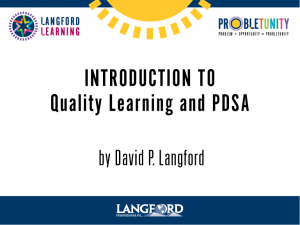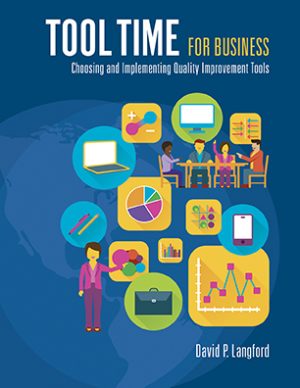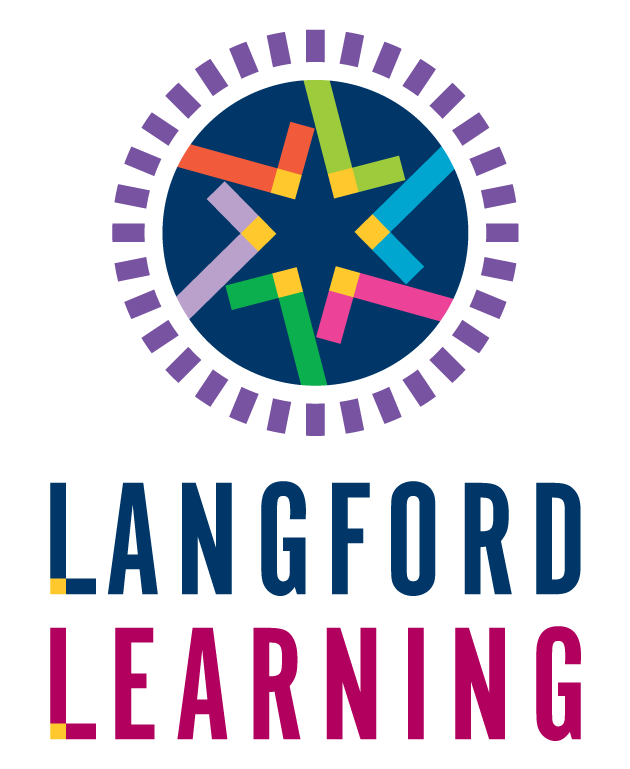Close Encounters of the Halstead Kind
- David Langford
- Business, Education, General
- 0 Comments

Close Encounters of the Halstead Kind Monta Akin, Assistant Superintendent Leander Independent School District, Leander, TX, USA Reprinted with permission: November 2009
“I was wrong! I was wrong!” she exclaimed, wearing a huge grin as she rushed into my office, wildly waving some sheets of paper above her head…
* * * * * *
One week earlier, Jan Halstead was sitting in my office, full of enthusiasm for a literacy project she was proposing. “It’ll be great. You know that each summer some of the elementary kids lose ground in their reading levels because they simply don’t have access to books to read. And we all know where those kids live. They live way out here.” Being well prepared, she pointed on a map she had brought. “Okay, so here’s my plan. We turn one of our old school buses into a mobile library and drive out to those neighborhoods and park it.”
Grinning, Jan flipped to the next sheet of paper, a typed proposal. “I know what you’re going to ask…How much is it going to cost? Well, it’s all right here…the cost of refurbishing the bus, the books, the drive, the fuel, and the mobile librarian. It’s not as much money as you might think.”
I leafed through the well-developed proposal, but before I could respond, Jan sat back in her chair.
“Oh no,” she said.
“What’s wrong?” I asked.
Solemn-faced, she said, “I forgot to ask myself the How do you know question.” She gathered up her proposal, stood up, looked at me, and said. “I’ll be back after I know the answer to that question.”
In the early 90s, the LISD administrators had agreed to ask—and be asked—one simple question of each other: How do you know? As we struggled to apply what we were learning about making decisions based on data, we needed that question to serve as a reminder to gather data and challenge our assumptions..
And she did come back one week later.
* * * * * *
“. . .I was wrong! I was wrong!” Jan continued to exclaim as she approached my desk. “I was wrong,” she said more quietly, plopping the papers down on my desk, a little breathless with excitement, the huge grin still clinging to her face.
Then she explained.
“After we talked, I figured out how I could answer the How do you know question. I analyzed last year’s End of the year profile data for 1st grade students and compared it to this year’s Beginning of the Year Profile data for 2nd graders. I identified those students who lost reading levels last summer.
After that, I plotted those students’ home addresses as little red dots on this map. Do you see that circle I drew that encompasses almost ALL of those little red dots?”
“Yesss…” I said tentatively.
“Isn’t it exciting? I was so wrong! Do you know what lies in the middle of that circle?” Jan didn’t wait for me to respond. “Well, I’ll tell you. It’s the CITY LIBRARY! According to the data, 83% of those little red dots live within one mile of the city library. We don’t have to create a mobile library. We just have to figure out how to get the students to use the library that’s already there!”
She sat back, sighed deeply, that big smile lingering. “Just think,” she continued. “We would have spent money and time solving the wrong problem. Isn’t it exciting? I was wrong…Now, here’s my plan for solving the REAL problem..how to get kids to use this library. It’s going to be fantastic. I’ve already contacted…
The Leander Way: Have you asked yourself: How do I know ? Do you have all the data you need to make a decision? Are there any assumptions you need to challenge?
-

Introduction to Quality Learning and PDSA
$497.00 Select options This product has multiple variants. The options may be chosen on the product page -

Tool Time for Business
$75.00 Add to cart -

Tool Time for Education
$75.00 Add to cart









